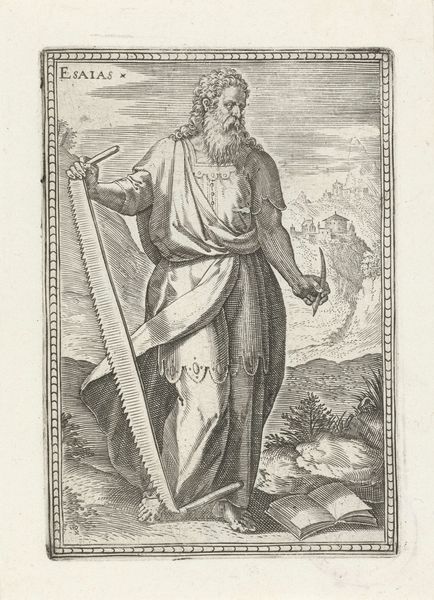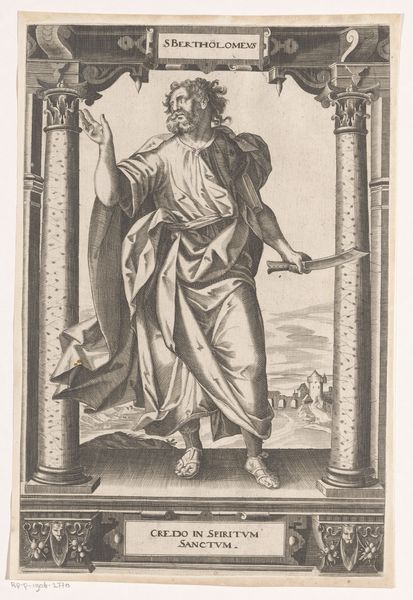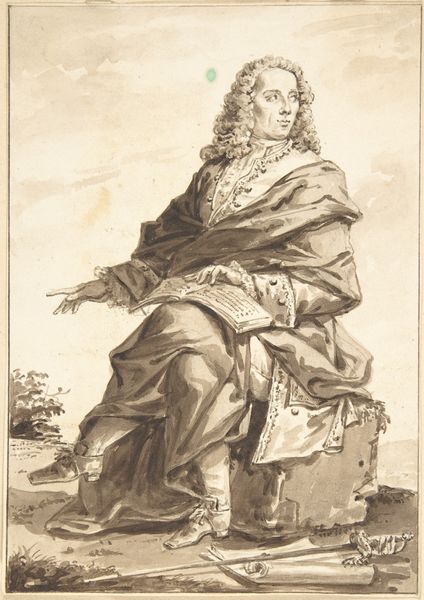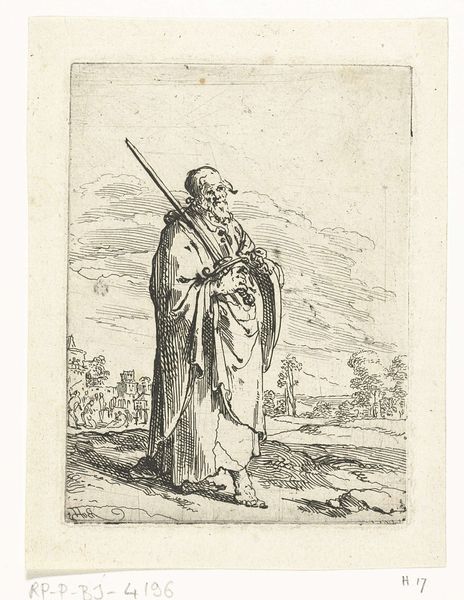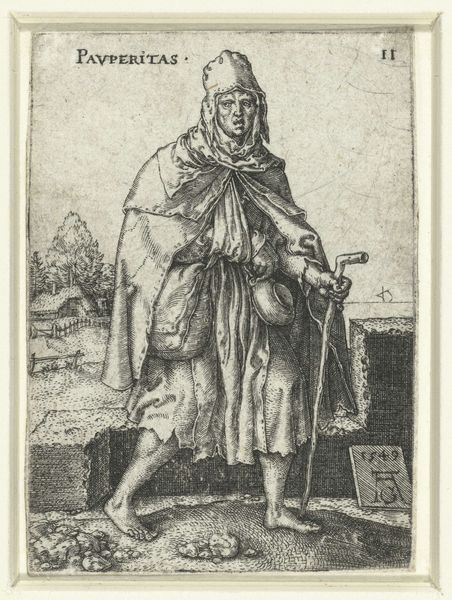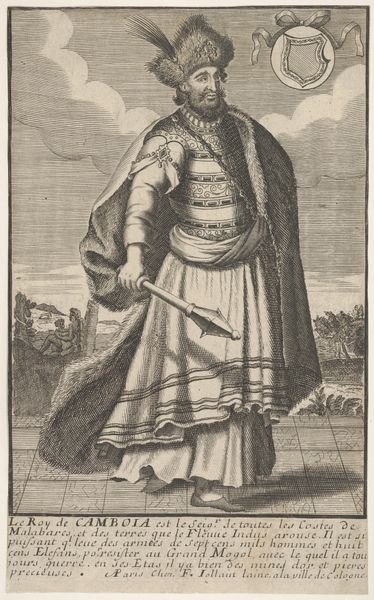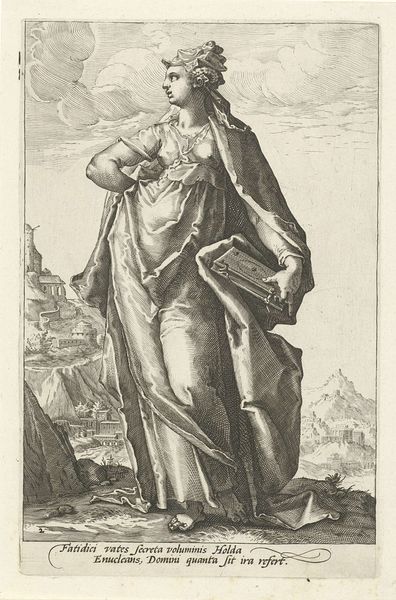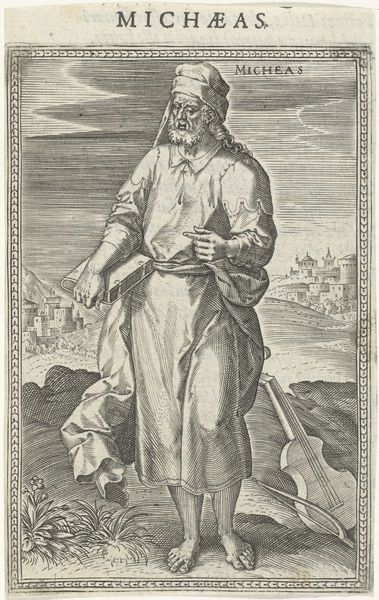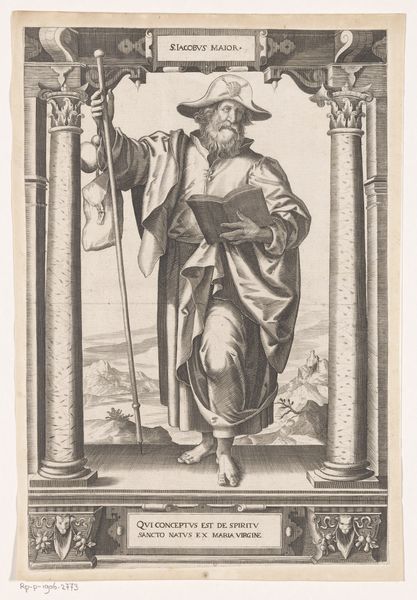
Allegory of Europe, from "The Four Continents" 1630 - 1666
0:00
0:00
drawing, print, engraving
#
portrait
#
drawing
#
ink drawing
#
allegory
#
baroque
# print
#
figuration
#
cityscape
#
history-painting
#
engraving
Dimensions: Sheet (trimmed): 8 7/16 × 5 11/16 in. (21.5 × 14.4 cm)
Copyright: Public Domain
Editor: So, here we have Abraham Bosse's "Allegory of Europe," an engraving from somewhere between 1630 and 1666. The figure, richly adorned, has a real sense of power. What’s striking to me is how she embodies this concept of Europe, almost like a personification of a continent, especially when history painting meets printmaking. What do you see in this piece from a historical perspective? Curator: It’s fascinating how Bosse visualizes "Europe" amidst evolving European political thought and power dynamics. Think about the context: This was a period of nation-state consolidation, burgeoning colonialism, and intense religious conflict. An allegorical representation such as this served a potent socio-political function, shaping and reinforcing the perceived identity and importance of Europe. Where does Bosse place the figure of Europe relative to a settlement? How does this positioning affect the politics of imagery and our perspective on this art piece? Editor: That’s interesting. I see what you mean – she's dominating the cityscape. Her placement isn't just aesthetic; it suggests control and dominance. It kind of paints Europe as a ruling figure with colonies below. The relationship with this cityscape implies a certain hierarchy and dominance of Europe. The cityscape itself reminds me of early colonial cities in the “New World.” It makes me consider that the people have lost any meaning other than the "Prince," indicated next to the title, so it reflects that royalty has dominance over the European states, which were essentially colonies. Curator: Precisely. Furthermore, the choice of engraving – a readily reproducible medium – made this ideology widely accessible. Consider how prints like this would have been consumed, interpreted, and used within various social strata. The question we must continue to ask ourselves is: Whose "Europe" is being represented, and who is excluded from this vision? It helps us better analyze and understand the print! Editor: It’s really made me rethink the relationship between art and the politics of representation! Curator: Absolutely. And to consider how visual allegories functioned as agents in the social construction of "Europe" itself.
Comments
No comments
Be the first to comment and join the conversation on the ultimate creative platform.
